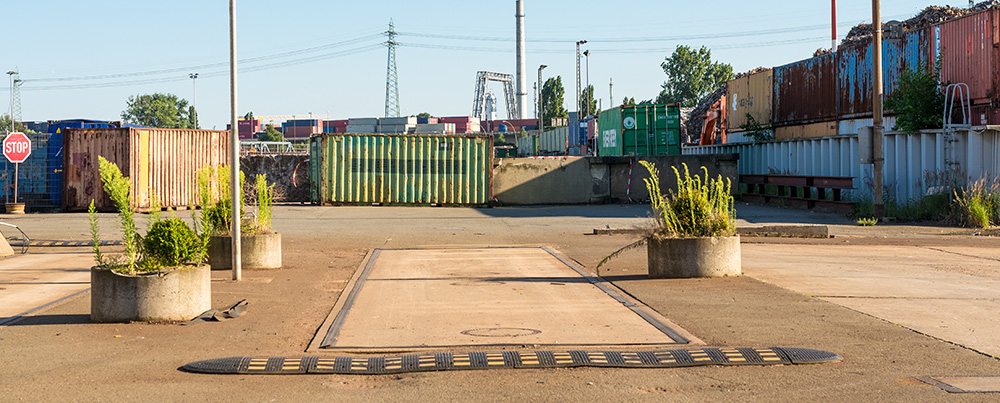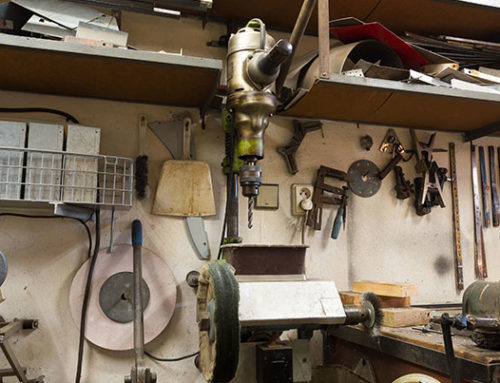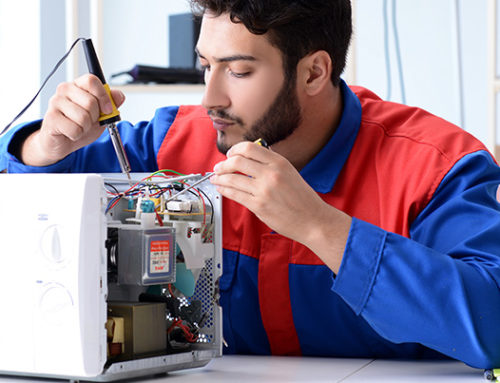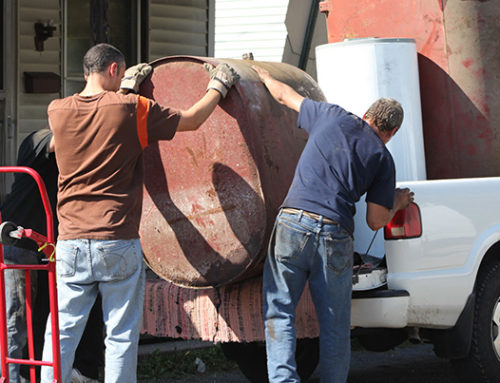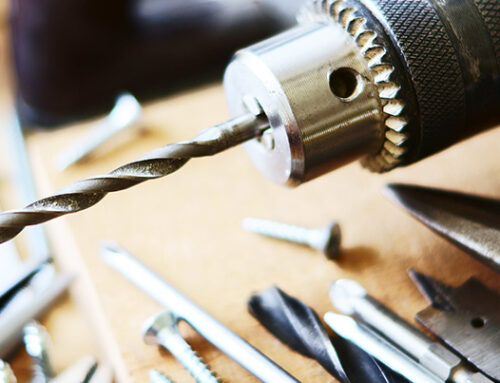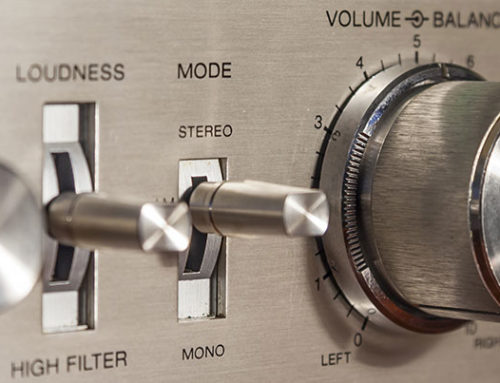Getting the most out of your recyclable scrap metal often means simply knowing what you have—and part of knowing what you have is knowing your weights and measures, and how they affect your bottom line.
We all know what a pound is, and most of the time when you see scrap metal prices displayed, they’ll be in dollars per pound. However, there’s a lot more that goes into truly understanding scrap metal recycling weights and measures.
Other Measurements You’ll Need to Know
While the pound is the basis of virtually everything in scrap metal recycling prices, you’ll need to take a few other things into account too. For example, with precious metals like gold and silver, you may be more often considering the price per ounce instead of the price per pound, because smaller amounts of these types of metals are more valuable.
Also, if you own a business or are very serious about recycling the heavier scrap metals out there (or if you just hold onto your scrap a long time before bringing it into the yard), you may even see your loads weighed in tons!
When it comes to tons, things aren’t as simple as with pounds. While a pound is just a pound in the US, a ton can be a couple different things:
- Short Ton: What’s called a “short ton” is the industry is what most people mean when they say “a ton”: 2,000 pounds.
- Long Ton: The “long ton” may be the most common weight measurement in American metal scrapping on an industrial scale. A long ton is equal to 2,240 pounds.
- Metric Ton: While this one isn’t as common in the US, almost the rest of the entire world works on the metric system—and scrap metal is definitely an international industry. A metric ton is equal to 1,000 kilograms, which means it’s about 2,204.6 pounds: quite a bit more than a short ton, but a little less than a long ton.
How Scrap is Weighed
Just like knowing how many cents to a dollar doesn’t make a person a financial expert, understanding the weight measurements is only the beginning in the world of scrap. The ways in which scrap metal is weighed is important, too.
There’s a lot of technology devoted to the weighing of scrap metal hauls and other large loads. For a truck bed full of mixed metals or a single metal, you’re likely to see vehicle scales at your scrap yard. These measure your truck when it’s full, and again when it’s empty (so the weight of the truck itself can be subtracted from the total weight to get the weight of the metal).
You’ll also see plenty of smaller scales, which are often used with pre-tared bins and carts, to measure smaller amounts of scrap. There are even mobile truck bed scales at some scrap yards now, which is useful for picking up scrap all around town.
More than the scale, though, how the metal is being categorized is important. This is why it’s always important to clean and sort your scrap: the price for mixed metals is lower than the prices for some metals on their own, and if you have dirty scrap, a little bit will always be knocked off the final weight.

